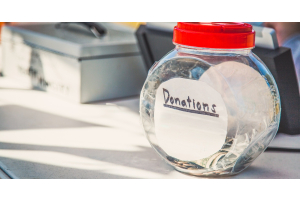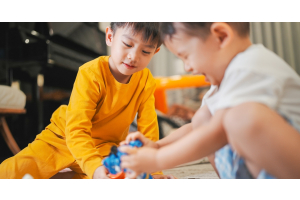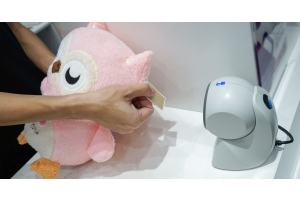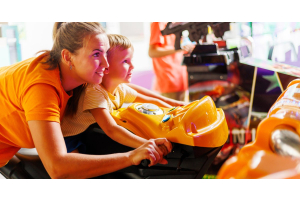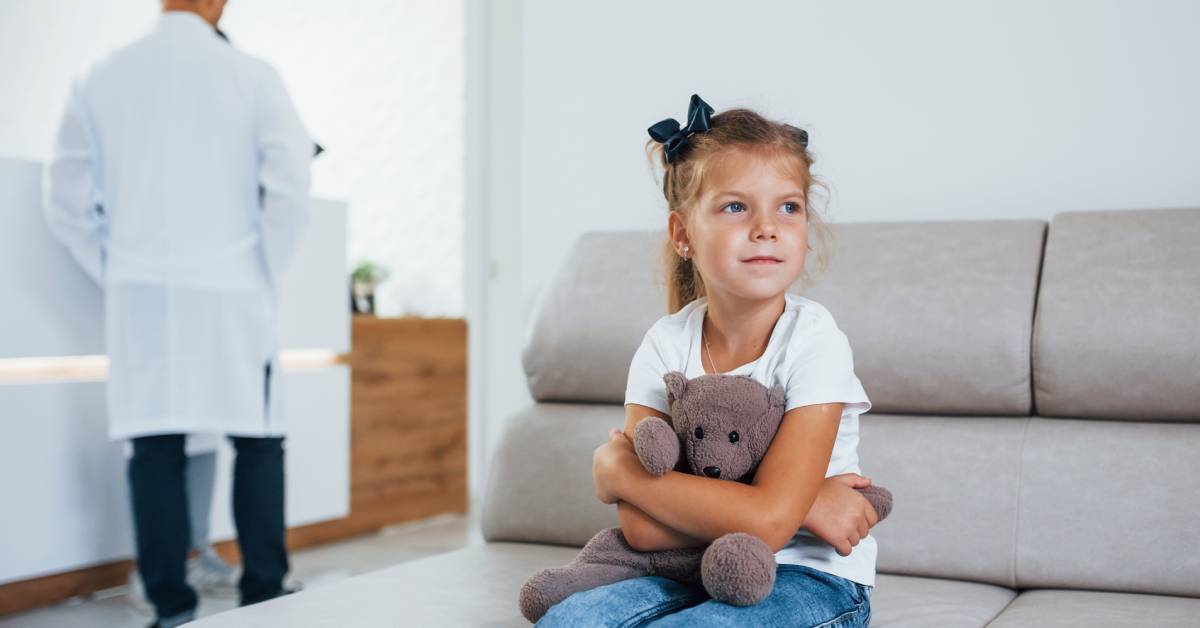
The pediatric office should be a place where children and parents can feel reassured with their visit. A welcoming environment with bright colors and friendly staff will lessen the anxiety and tension revolving around their appointment. However, let them pick out a toy from the toy box to play with or take home with them after the visit if the little ones need a little more encouragement.
A children’s toy could be just the thing they need to distract them as they wait for the nurse to call them in. Find out what kinds of toys are best for pediatric doctor offices and support the parents as they guide their little ones through the visit.
The Benefits of Having Toys in Pediatric Offices
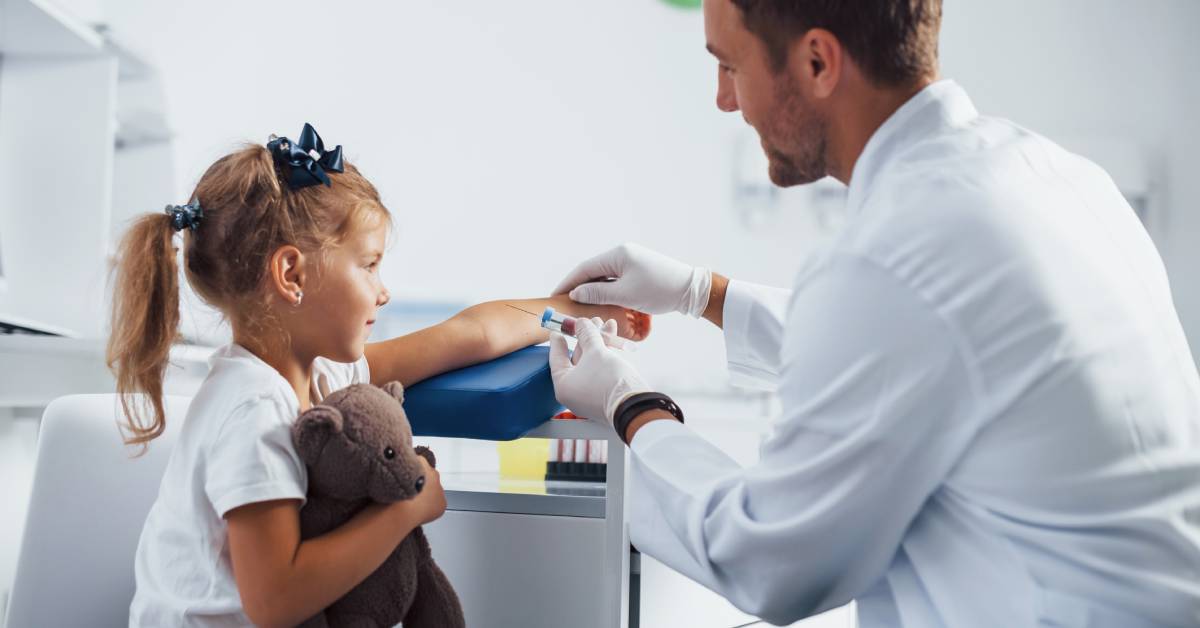

A doctor’s office often feels intimidating for children. Unfamiliar people, medical equipment, and lengthy waiting times create uncertainty. Even with the support of mom or dad, kids can feel overwhelmed by the experience.
Doctor offices full of engaging toys can create an environment that feels less clinical and more like a safe space. Toys can distract children from their social fears, from talking to doctors and nurses to receiving shots.
Caregivers and medical professionals can conduct their jobs and finish the appointment without problem as they play with their toys or cuddle with a stuffed animal. Create an environment that uses toys as positive reinforcement and build relationships with your clients.
Art Supplies To Spark Creativity
Crayons, coloring books, markers, and similar art supplies help kids use their imagination and participate in creative activities while they wait. Providing a space where children can color gives them an outlet to express themselves through art. It also keeps their hands busy in case they try to grab other decorations around the office.
Also, receptionists and doctors can easily sanitize these supplies and store them for the next working day. Give your patients a printout that they can color with their parents or activity books at varying grade levels.
Mess-Free Art Alternatives
Crayons and coloring books are fun, but they can get messy with multiple patients a day. Consider using magnetic drawing boards or reusable water painting cards to avoid the cleanup.
Magnetic boards allow children to draw simple designs without the need for loose supplies, and water painting cards create colorful designs using only water. Get rid of the stains on your tables and chairs by using safe and clean art supplies in your waiting rooms.
Puzzles for Mental Stimulation
Puzzles can be fantastic tools in a pediatric office, whether they come in the form of jigsaws, shape-sorters, or stacking games. These toys can wake a little one’s brain for those early morning appointments and could even teach them something new.
Chunky puzzles involving basic shapes or animals are eye-catching for toddlers and are safe for their grabby hands. Older children may prefer more complex puzzles with 50 or more pieces that they can complete with their parents. Watch as families construct a vivid, fun picture as they wait for the doctor.
Stacking and Sorting Toys
Stacking toys or shape-sorters work beautifully for younger kids who might not sit long enough for a standard puzzle. These toys improve their motor skills while still maintaining the mental challenge of fitting or balancing pieces together. Plus, they’re easy to break up and clean up at the end of the day.
Plush Toys for Comfort
Nothing calms nerves like a soft, cuddly plush toy. Plush animals offer emotional relief for anxious children, especially those with special needs who need something to hold onto. The tactile sensation of holding a toy bear or rabbit could be just the friend your patients need to get through the appointment.
A plush toy can turn their doctor’s visit into a memorable and more positive experience when each child receives one. These toys can double as souvenirs that remind children of their bravery during the appointment.
Interactive Plushies
A simple plushie could be one of the best toys for a pediatric doctor’s office, but you could also provide your patients with interactive plush toys. Some plushies play lullabies, others light up, and a few even respond to touch. These interactive features create more of an engaging experience in their hands and distract them from exams or shots.
Building Blocks To Spark Imagination
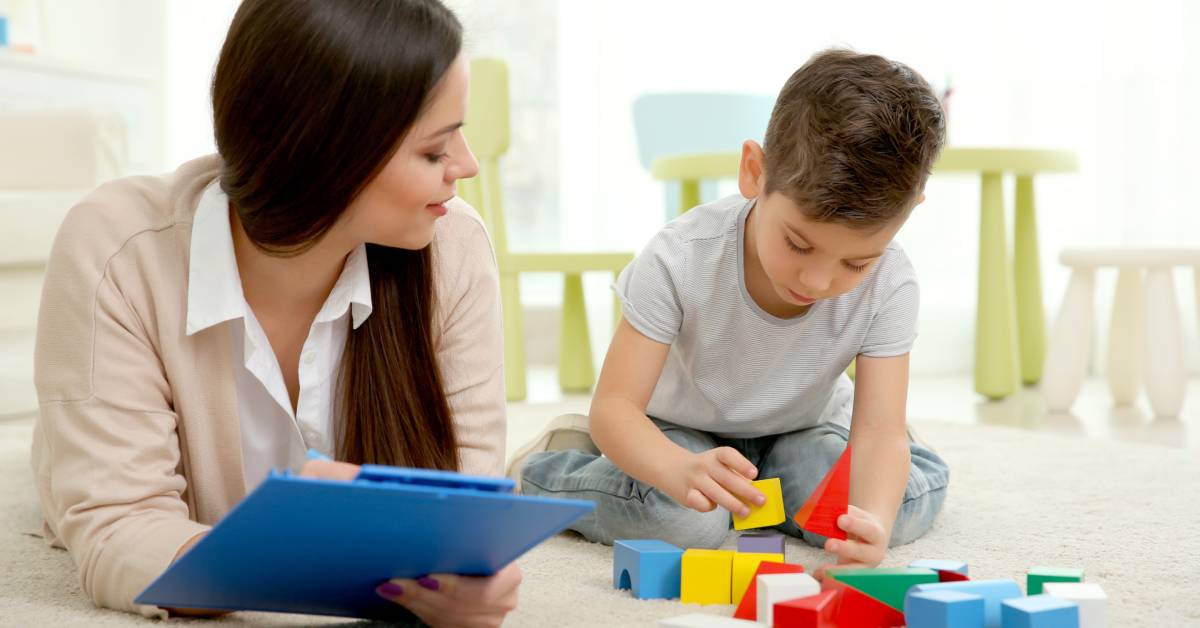

LEGO or wooden building block sets are imaginative toys that children can play with at a waiting room table. These toys allow kids to channel their creativity into constructing unique structures, from fantastical castles to wacky robots.
Multiple patients in the waiting room can surround the table and interact with each other before their appointment. Talking with their peers during playtime could ease the kids’ minds and connect with others their age. Create a communal area that allows children to collaborate and share their creations with their parents and other children around the office.
Age-Appropriate Blocks
Look for larger, soft-edged blocks that are simple to grip for toddlers and babies. Anything smaller could pose a choking hazard for the little ones. Smaller blocks tend to be more engaging as they allow for more intricate designs for older children, allowing them to explore their imagination.
Light-Up and Sound Toys
Drown out the sounds of medical equipment with interactive light-up and sound toys. These interactive gadgets draw their attention and distract from any lingering fears they might have about seeing a doctor.
Glow-in-the-dark wands, musical instruments, or toys with spinning lights can really brighten a stressful day. These items work well for younger children who may be less interested in coloring or puzzles but love to watch the dazzling lights.
Portable and Compact Options
Smaller light-up toys and other handheld gadgets or spinning tops are ideal since they’re easy to store and distribute in the waiting room. Children can also keep these toys in their pockets or their mom’s purses when they’re ready to see the doctor. These compact items are also great knick-knacks to bring to future doctor’s visits.
Books and Storytime Activities
Books are a great way to keep children entertained and decorate your waiting room. Parents can take the time to read a book to their children and show them the illustrations while they wait for their appointment time. Picture books help younger children explore stories visually, while older kids can engage with short chapter books.
Sometimes, all children need is a little quiet space where they can settle in to calm their nerves. Create a safe corner surrounded by bookshelves and comfortable seating as they pick out a new book to read.
Interactive Books
Make reading more exciting by adding pop-up books or ones with textured pages to the collection. Interactive books build engagement and make the books more exciting to read out loud.
Consider investing in a variety of items from toy wholesalers like Joissu if you want to fill your doctor’s office with cuddly and captivating toys. You can give your patients a souvenir from a fun day at their appointment, from light-up gadgets to soft plushies. Stock up and fill your office with ways to ease the minds of parents and keep their children entertained.



